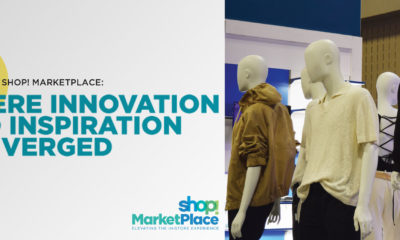Fifty years from now, in the vision of film director Steven Spielberg, we won't be identified by our fingerprints but by our retinas.
In his movie, “Minority Report” (now on your cable movie channel and at your local video rental store), retinal scans are an integral part of the world of technology in 2055, a time when a branch of the police (called “precrime”) can anticipate and prevent murder before it happens.
It's a weird place, Spielberg's future. Those precrime cops chase criminals via powered backpacks reminiscent of the flying monkeys in “The Wizard of Oz.” And they employ creepy electronic spider-like things to hunt criminals out from their hiding places.
However, Spielberg's 2055 isn't an entirely foreign place. For example, he eschews the futuristic tunics we've all seen in movies of this kind, going instead for outfits turn-of-the-millennium audiences can relate to. The Colin Farrell character – an FBI-type insider – wears shirts, ties and suspenders reminiscent of Wall Street's power days. And the Tom Cruise character – a cop turned fugitive – wears fashionable black on black that suggests Hugo Boss is alive and well 50 years from now.
Also, much is made of the fact that today's commodities, like common colds, herbal tea remedies and mediocre TV shows, will still be around. Schoolkids will still be memorizing the Gettysburg Address. And the Mets will still have lousy pitching.
Advertisement
However, futuristic technology rules the environment, and the retinal scanning is thought-provoking. But what I especially found provocative is how 21st Century retailers were putting that technology to work. When Cruise walks through a mall, electronic billboards read his eyes and call out to him with messages like, “John Anderton, you can use a Guinness right about now.”
When the character walks into The Gap, a hologram asks him, “How did those assorted tank tops work out for you?” Spielberg obviously has great confidence in retail's ability to invest in high technology and put it to use. (He also expresses confidence that The Gap will still be in business.)
To me, by the way, the most encouraging use of futuristic technology is the background music in The Gap store, a haunting Billie Holiday/Duke Ellington jazz classic, “In My Solitude.” Don't know if it's delivered by Internet or CD or phonograph record or gamma rays, but it's sharp and moody and made me confident that retail will have acquired some good taste by 2055.
Okay, so in the store of the future, the eyes have it. In today's world, we know, retailers are trying hard to use available technology to capture important information about shoppers: buying habits, frequency and hours of activity, financial and credit profiles.
It's important information, made more accessible by software that incorporates the entire chain of the retail business, from product manufacturing through distribution and inventory-deployment to payment and checkout. Still, while I've become used to scanners that read my credit card, I don't know if I'd enjoy scanners that read my irises and announce the results.
Will I really want to walk into a video store and have some hologram ask me in front of the whole world if I liked the “Gigli” DVD I rented last week?
Advertisement
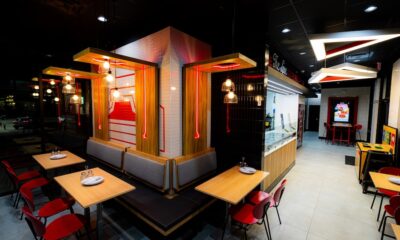
 Headlines1 week ago
Headlines1 week ago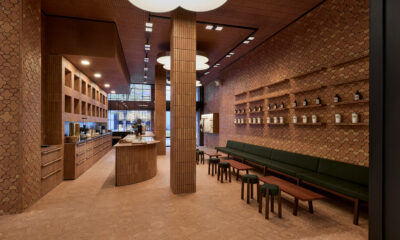
 John Ryan2 weeks ago
John Ryan2 weeks ago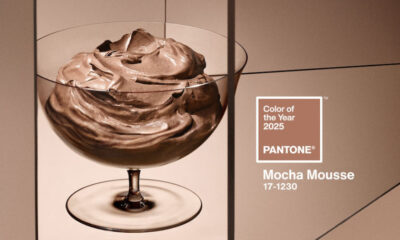
 Headlines7 days ago
Headlines7 days ago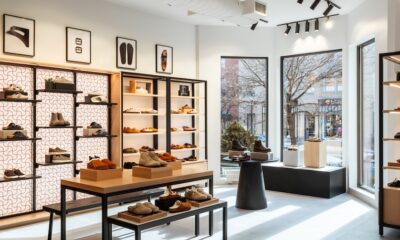
 Headlines2 weeks ago
Headlines2 weeks ago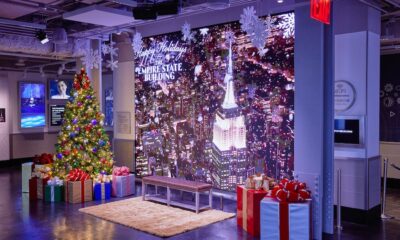
 Headlines1 week ago
Headlines1 week ago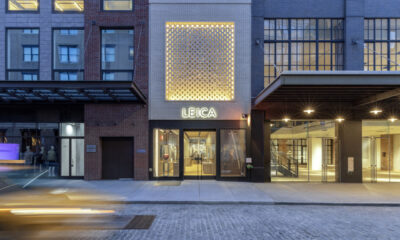
 Retail Buzz3 days ago
Retail Buzz3 days ago
 Headlines1 week ago
Headlines1 week ago
 Headlines1 week ago
Headlines1 week ago
